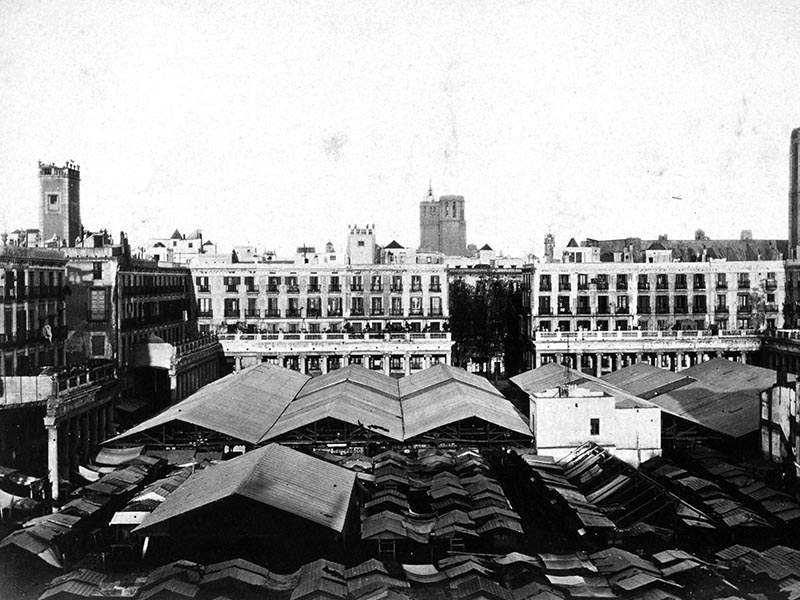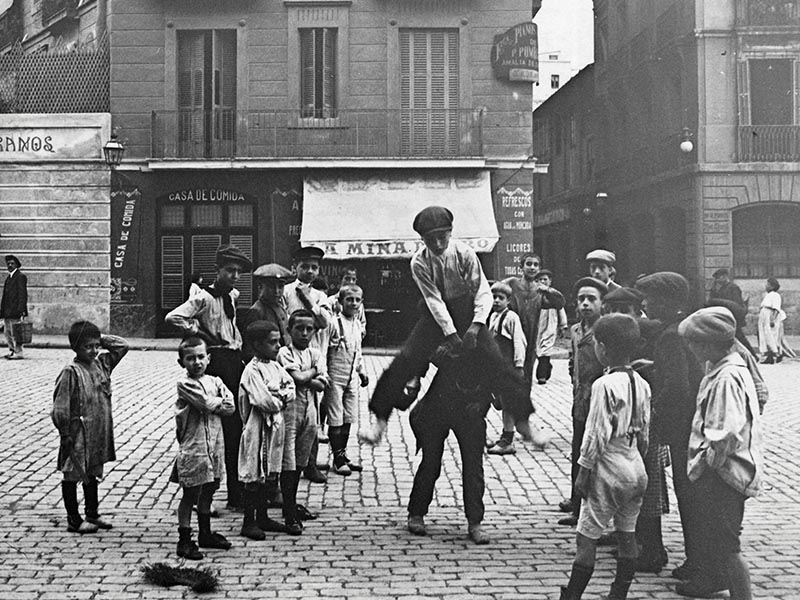Archivist Ramon Alberch discusses medieval Barcelona.
In the medieval era, cities were walled cities. They are cities in constant conflict. Sometimes, they even have a double wall, the more traditional, from the Roman age, and a second, stronger one, from the medieval. What was its purpose? It created cities with a strong defense, with gated entrances into the city, and greater control of comings and goings, but also profound overcrowding. The overpopulation is incredible, a brutal population density, to the detriment of air quality, hygiene. As stated, poor health on top of all these [other] factors. For a while, all this is managable. The Raval was outside the city walls. On the right side, from Las Ramblas down, was the area beyond the walls. When war came, people entered the city. When it ended, they left. There was constant rebuilding. War would sometimes destroy and present the need to rebuild the neighborhoods on the outside. That’s a reality in Barcelona, Girona, all the walled cities.Until the nature of how war is waged changes. Armaments become so sophisticated that a wall, in a way, is no longer sufficient. We need to consider that, on many occassions, bomb attacks were undertaken, with limited explosions, primarily for impact. They were solid masses slamming the wall until they crumbled. Later came the explosive bombs, but they were of limited importance.There’s a moment at the turn of the century when munitions are greatly modernized, which makes…First, there’s no open war with the great rival, France, nor wars between Catalunya and Castilla. It’s all over. The wall’s is then seen as something that constricts the city. It’s a corset, closed tight, and so begins the “Abajo las murallas” [tear down the walls] campaign, a sort of regenerationist campaign. This gets underway in 1860 and progresses forward.











